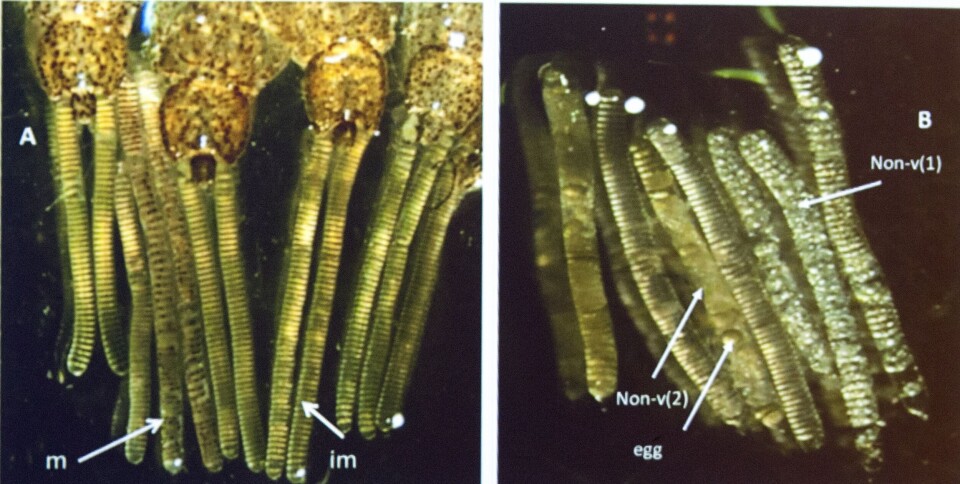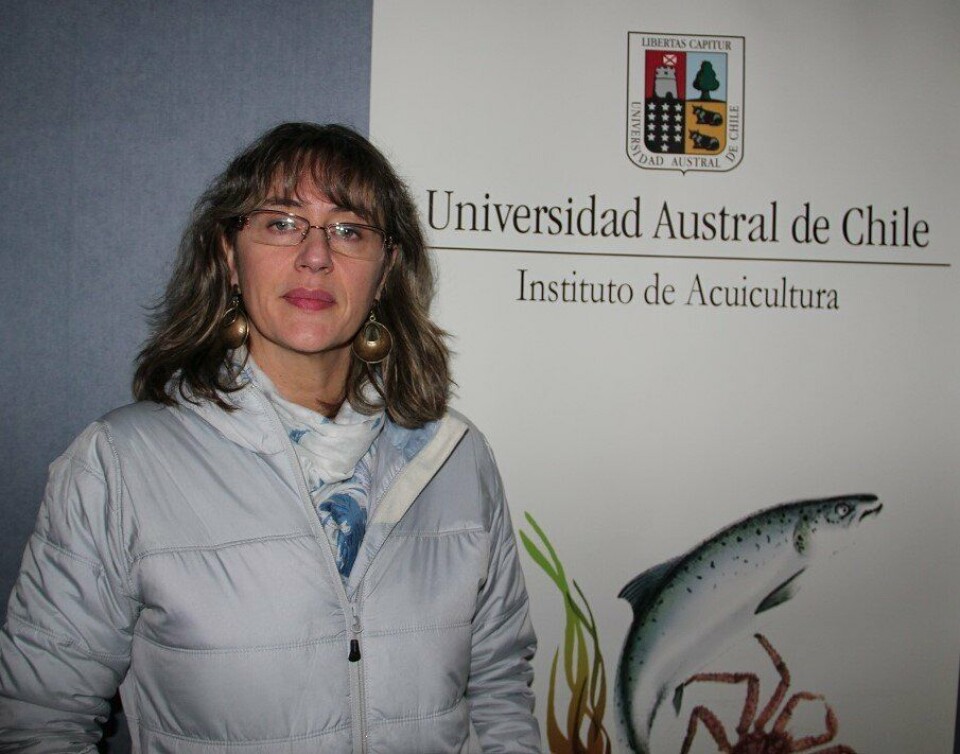
Second string: Lice drug also works on eggs after initial effect on shell
Sealice 2018, Chile: The lice drug based on lufenuron initially works by preventing the parasite synthesising a new shell. Now researchers have found that it also affects lice in other ways, even long after the fish was originally medicated.
During the Sealice 2018 conference in Punta Arenas, Chile, Sandra Marin from Universidad Austral de Chile talked about findings researchers there had made after salmon lice were exposed to very low doses of lufenuron.
This is the newest salmon louse drug on the market and has been used in Chile for a few years, but has not been approved for use in Scotland, Norway, Canada or the US.
“From its use on insects, we know that it inhibits the reproduction of the insects at low doses. We tested if this also worked for salmon lice, and if that would help reduce the pressure from the lice, even when there are only very low doses left in the fish,” Marin said.

Significant reduction
The researchers fed salmon with active ingredient up to levels in muscle and skin of 245 and 489 ppb (microgram / kg), respectively, to mimic what fish would have at the end after being fed therapeutic treatment with Imvixa, the commercial preparation name of lufenuron sold in Chile.
Fish were then placed with copepods of the Chilean louse Caligus rogercresseyi, and these were followed until they became sexually mature and the females had made egg strings.
“We found that there was a significant reduction in viable eggs in the egg strings compared with the control group. We also found many lice with whole egg strings that did not have eggs,” said Marin.
These egg strings were typically collapsed due to lack of content.
Good effect
One of the findings was that the cell membranes of the affected eggs had far fewer phospholipids than the control group.
“Our findings thus correspond well with previous findings of Lepeophthheirus salmonis by McHenry et al in 2016 who found reduced egg hatching on lice that had grazed on fish with low levels of lufenuron.”
Thus, the lice agent may continue to have a good effect after it has ceased to act as a chitin synthesis inhibitor.
"Such reduced fecundity and increased numbers of females carrying non-viable eggs can contribute to reduced infection pressure, even when the fish contain only small residues of lufenuron,” concluded Marin.























































